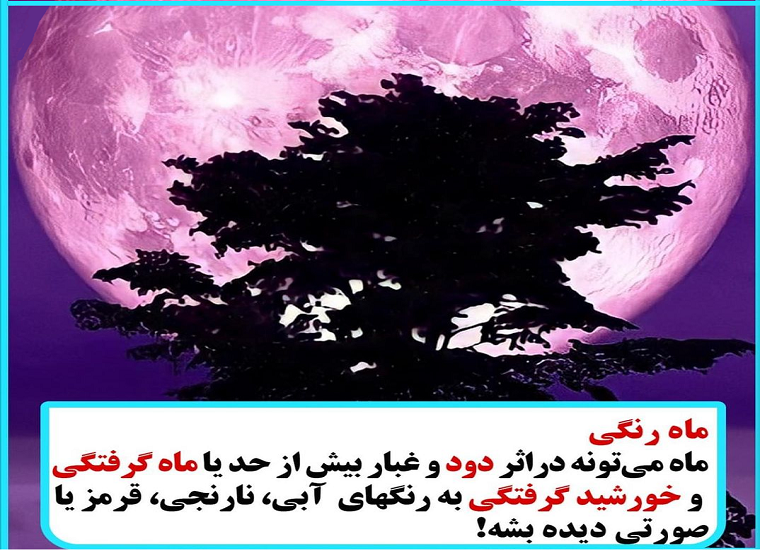 The Moon does not have any light of its own—it shines because its surface reflects sunlight. During a total lunar eclipse, the Earth moves between the Sun and the Moon and cuts off the Moon's light supply. When this happens, the surface of the Moon takes on a reddish glow instead of going completely dark. The red color of a totally eclipsed Moon has prompted many people in recent years to refer to total lunar eclipses as Blood Moons.
The Moon does not have any light of its own—it shines because its surface reflects sunlight. During a total lunar eclipse, the Earth moves between the Sun and the Moon and cuts off the Moon's light supply. When this happens, the surface of the Moon takes on a reddish glow instead of going completely dark. The red color of a totally eclipsed Moon has prompted many people in recent years to refer to total lunar eclipses as Blood Moons.
The Strangest Weather Events
 The Moon does not have any light of its own—it shines because its surface reflects sunlight. During a total lunar eclipse, the Earth moves between the Sun and the Moon and cuts off the Moon's light supply. When this happens, the surface of the Moon takes on a reddish glow instead of going completely dark. The red color of a totally eclipsed Moon has prompted many people in recent years to refer to total lunar eclipses as Blood Moons.
The Moon does not have any light of its own—it shines because its surface reflects sunlight. During a total lunar eclipse, the Earth moves between the Sun and the Moon and cuts off the Moon's light supply. When this happens, the surface of the Moon takes on a reddish glow instead of going completely dark. The red color of a totally eclipsed Moon has prompted many people in recent years to refer to total lunar eclipses as Blood Moons.
 newsoholic Time to become News Oholic!
newsoholic Time to become News Oholic!